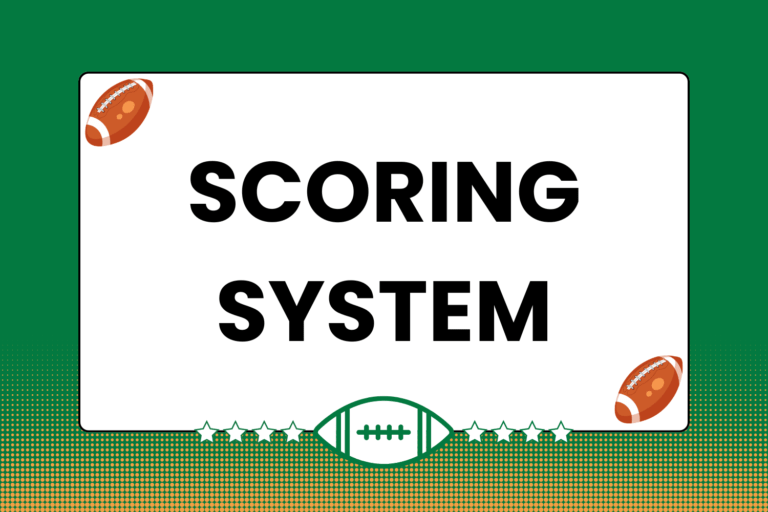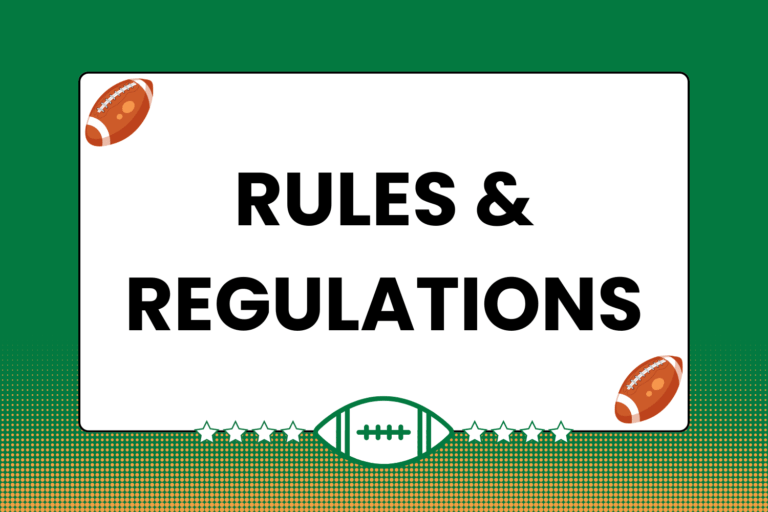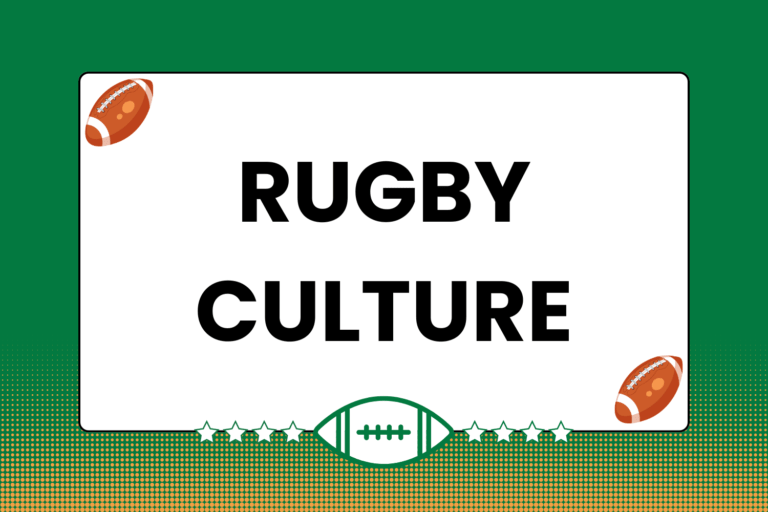The Scrum is arguably rugby’s most recognizable structure — sixteen of the biggest players on both teams lock together and form a human hurricane into which the ball gets rolled. Although the scrum appears to be an en masse shoving match between both sides, the play is actually governed by a detailed set of rules. This guide identifies and explains that set of rules.
Scrum Formation
The rugby laws for scrumming come into play before the actual scrum even starts, dictating which players are allowed in the scrum and how those players are to be arranged:
- Who: Only forwards may participate in the scrum: The props (#1 & 3), hooker (#2), locks (#4 & 5), flankers (#6 & 7) and eight man (#8).
- How: The forwards are arranged in three rows: Props and hooker in the first, the locks and flankers in the second, and eight man in the third.
- The exception: The one backs player allowed (and required) to participate in the scrum is the appropriately-titled “scrum half.” While technically a back position, the scrum half also plays an important role in the scrumming process: He inserts and removes the ball from the scrum.
When involved in a scrum, the collective group of forwards is referred to as the pack. When both packs come together, the head of each front row forward is sandwiched between two opposing players’ heads (as illustrated above). This alternating structure ensures that each pack’s strength and power is spread evenly across both front rows, giving both sides an equal opportunity at winning the scrum.
Standing approximately one meter apart, both packs bind together in the following manner:
- The hooker stands at the spot where the scrum takes place with his arms elevated. The props bind on to both sides of the hooker.
- The locks bind on to each other, then bind on to the prop in front of them.
- The flankers bind on to their respective locks from the side.
- The eight man binds on to both locks from behind.
Each forward in the pack must be bound on to at least one teammate and link at least one arm. However, several players — the locks, eight man, and hooker — use both arms, and are bound to more than one player.
Mental Edge
If one of the forwards is in the sin bin or has been sent off, that player’s team is permitted to participate in scrums with less than a full pack, though they do so at a disadvantage. What’s worse, the opposing team may continue to use an eight-man pack in scrums. However, there must be at least five forwards in a pack for a scrum to take place. In the instance that a team is unable to field five forwards, the opposing team is awarded a free kick any time a scrum would otherwise occur.
Scrum Procedure
Once both packs are bound together, they line up across from one another. At this point, they are ready to initiate the scrum, which happens via the scrum cadence:
- Crouch: Both sets of front row players lower themselves into a pre-scrum position that allows them to deliver a hit when they come together — bent over at the waist, feet at least shoulder-width apart, back straight, and hips lower than the shoulders.
- Touch: The props on each side reach out and tap the prop across from them. This shows the referee that the distance between both packs is sufficient.
- Pause: Both sides hold still and prepare for the collision.
- Engage: The packs collide, and the scrum officially starts.
Though both sides are expected to (and should) deliver a big hit on “engage,” neither side is allowed to drive forward until the ball has entered the scrum.
Feeding the Ball
After the packs come together, the scrumhalf from the team that possessed the ball prior to the scrum “feeds” it into the tunnel. This is done by rolling it along the ground in between both packs. The referee watches and ensures that the feed is straight, not angled towards that scrum half’s team. Once it’s rolled in, the hookers from both sides try to secure possession of the ball by rolling it to the back of their respective packs with one foot — it’s a penalty for any player in a scrum to have both feet off the ground. At this point the packs can drive against each other, each side trying to force the other away from the ball.
The Drive
Once the ball has been fed into the tunnel and both sides begin pushing against the other, both sets of front row forwards try to keep the scrum up and mobile. If the scrum collapses and players go to the ground, the referee will halt the game and reset the scrum. However, if he deems one of the front row forwards guilty of collapsing the scrum, the other team will be awarded a penalty from that spot.
Dissolving the Scrum
After the ball is fed into the tunnel and the packs begin to drive, the scrum half follows the ball to whichever side it ends up on:
- The offensive scrum half (from the team that secured the ball) must have at least one foot on his team’s side of the field. If he stands completely in the other team’s half of the field, he is offsides.
- Similarly, the defensive scrum half may also follow the ball. However, he must stay completely behind the ball, with both feet in his team’s half of the field.
Once the ball reaches the eight man, the scrum half picks it up and makes a play. However, as soon as the offensive scrum half picks up the ball from the ground (not just touches it), the defensive scrum half can make a play for the ball as well. Ultimately, the offensive scrum half has to act quickly.
As soon as the ball leaves the ground, the scrum is over and the forwards can disengage. Except for the offensive eight man, no player in the scrum may unbind until this happens. Doing so is not only a penalty, it could also potentially cause the scrum to collapse and seriously injure another player.
Hot Tip: Two Choices
Though the scrum half usually picks up the ball from a scrum, the laws of the game permit the eight man to disengage from the scrum and play the ball. However, the ball must be firmly established under him to do so — he can’t reach into the scrum and grab it.
A Structured Battle
Scrums are a physical contest between the two packs, but it is by no means a free-for-all. There are laws that govern every aspect of the scrum from start to finish, and consequences for breaking those rules. Fortunately, those stipulations don’t overburden the scrum — they remain entertaining to fans and players alike.





